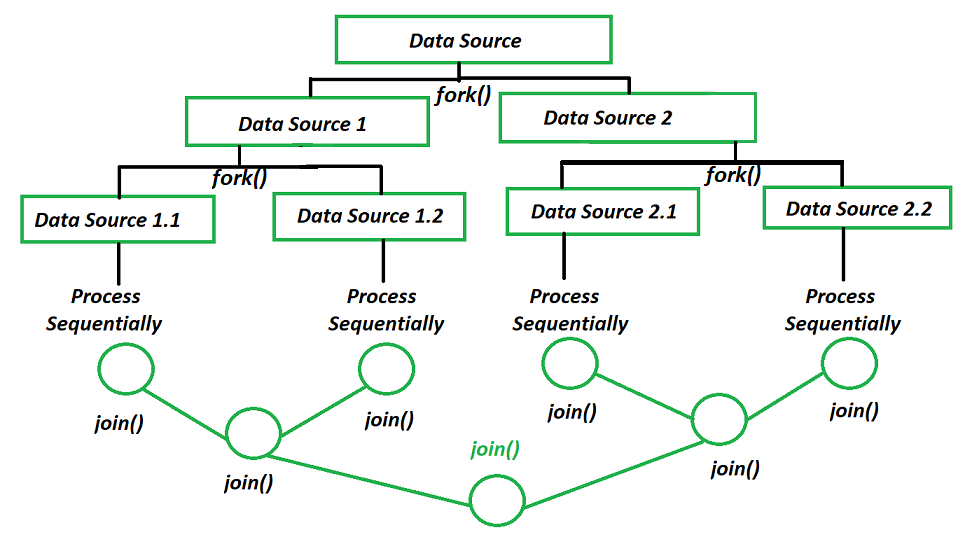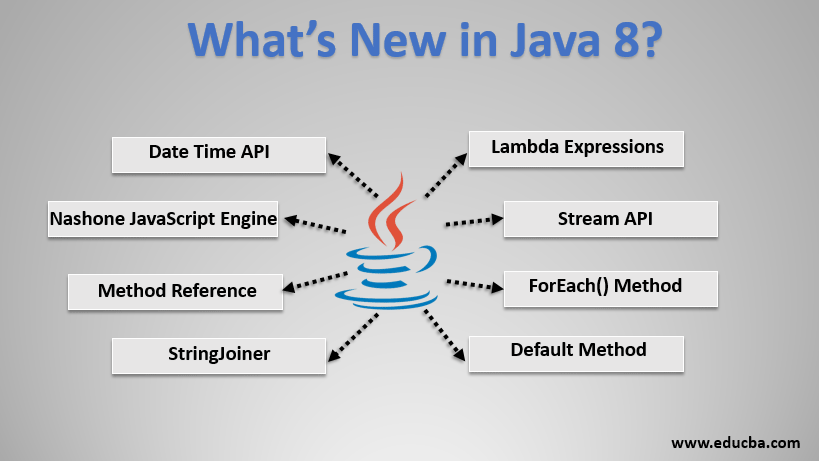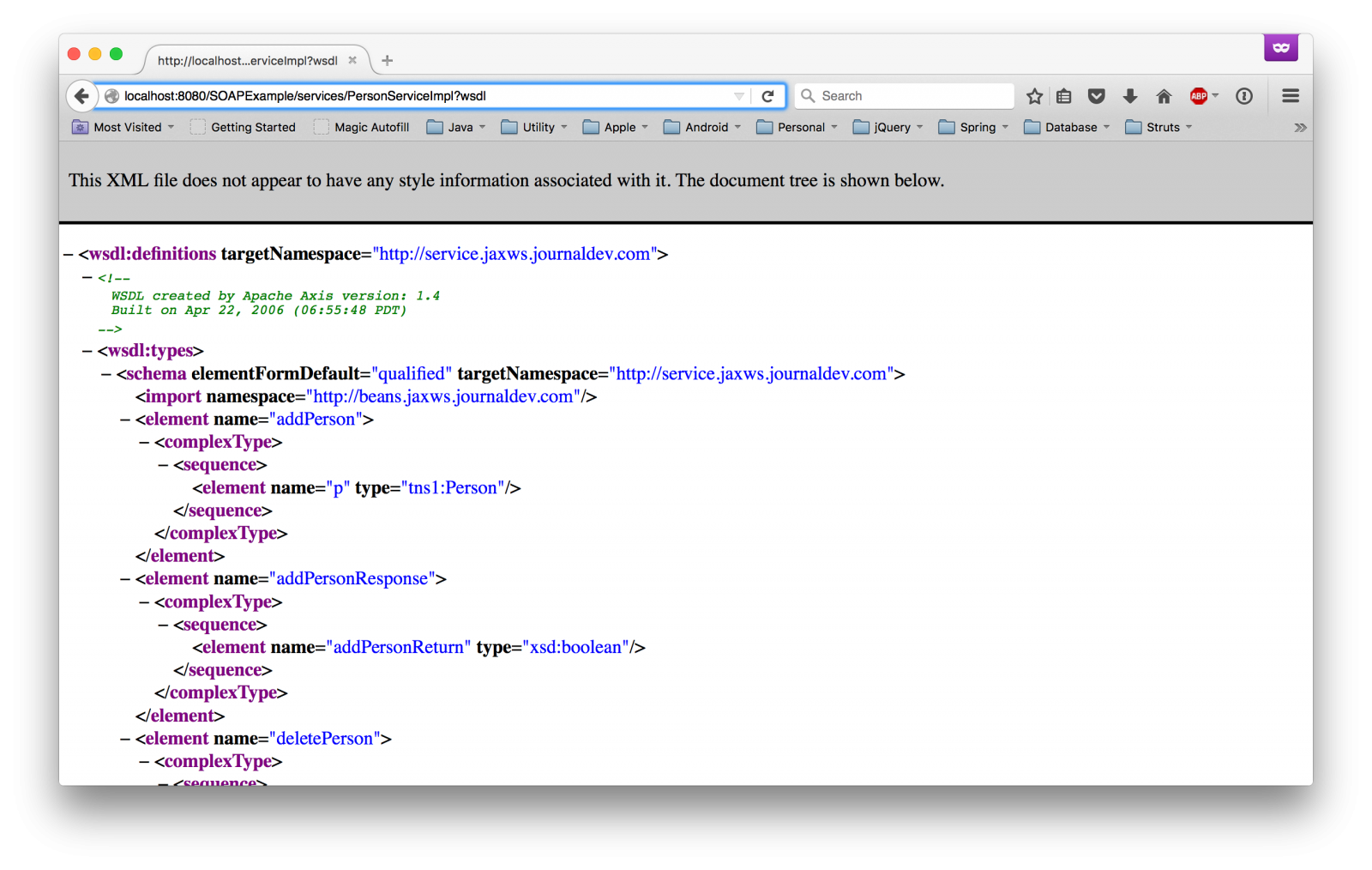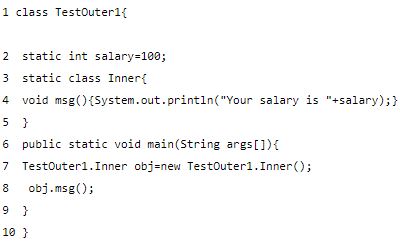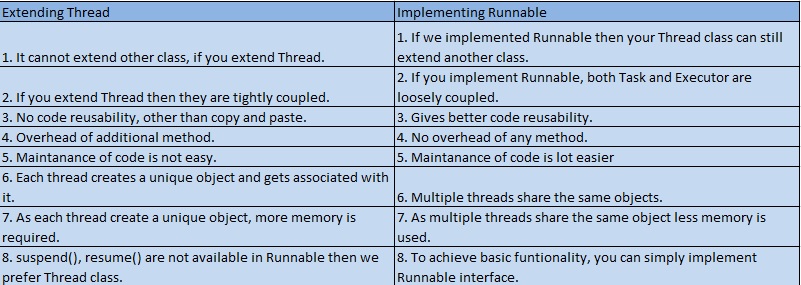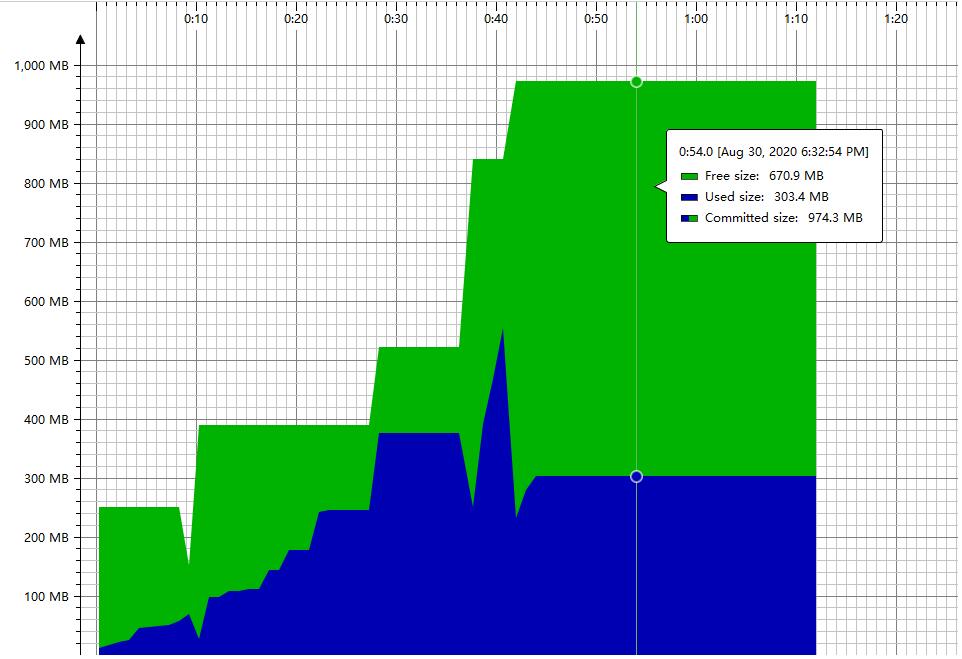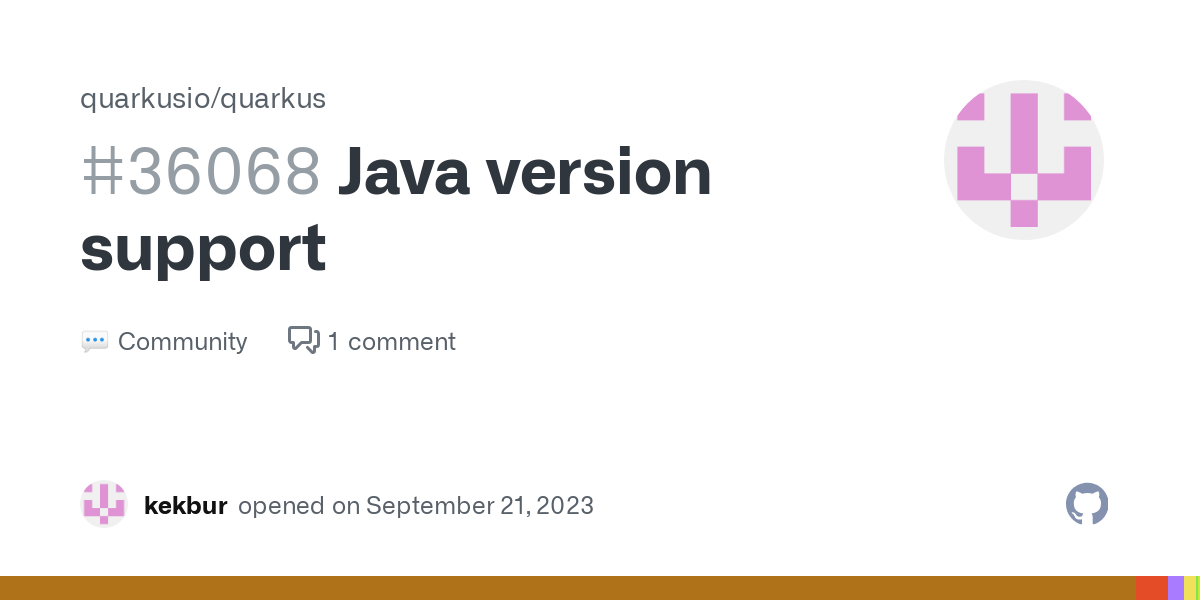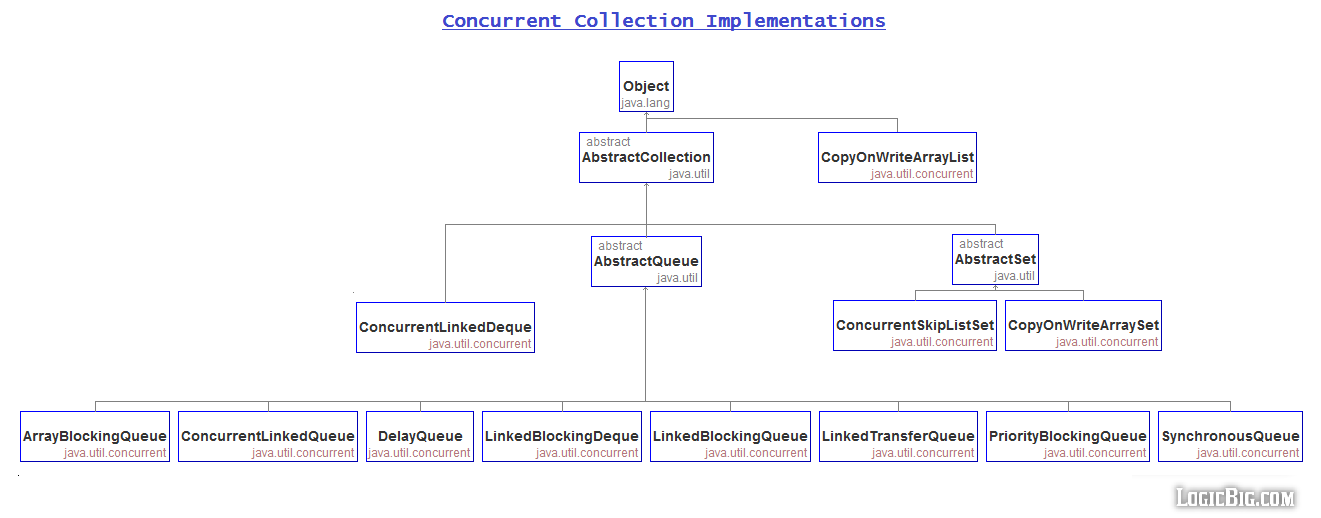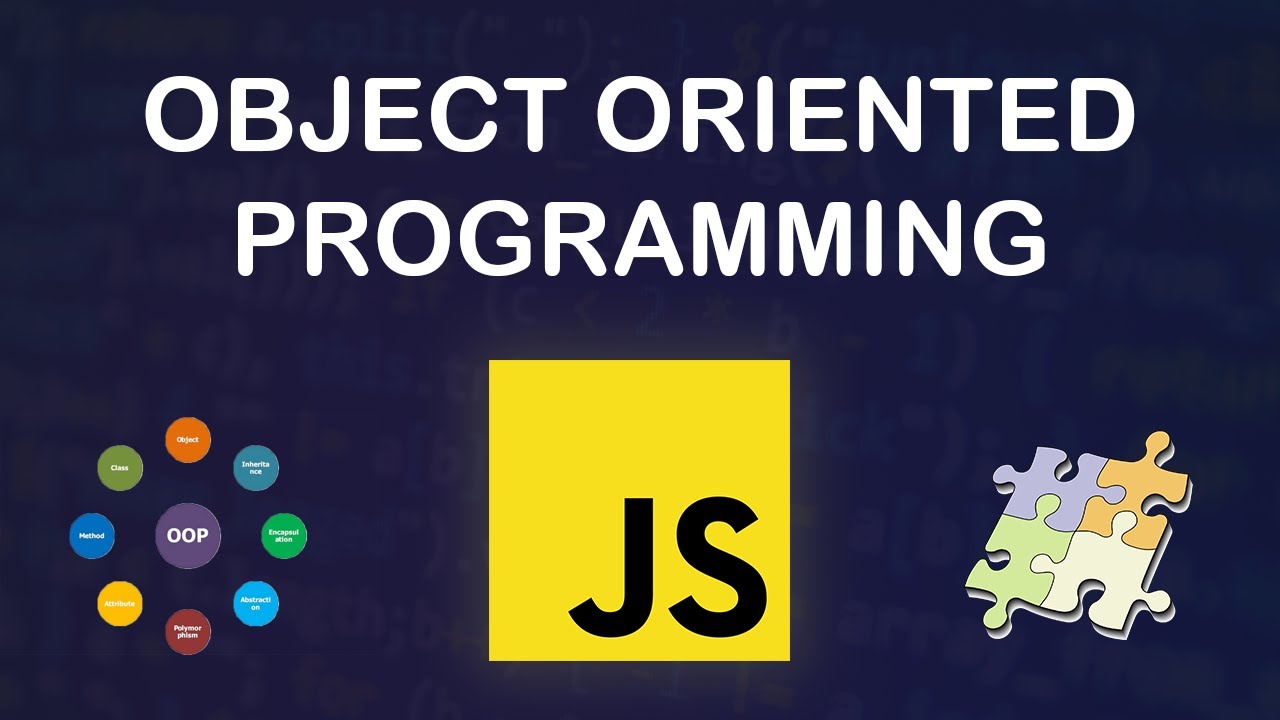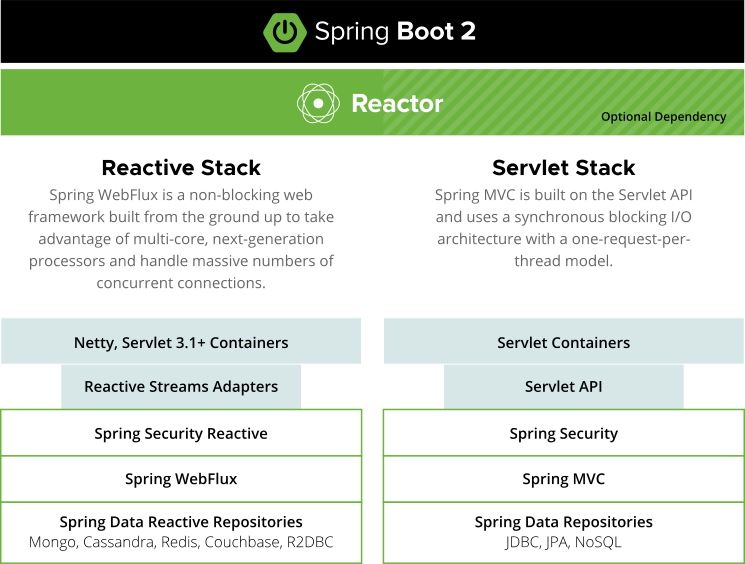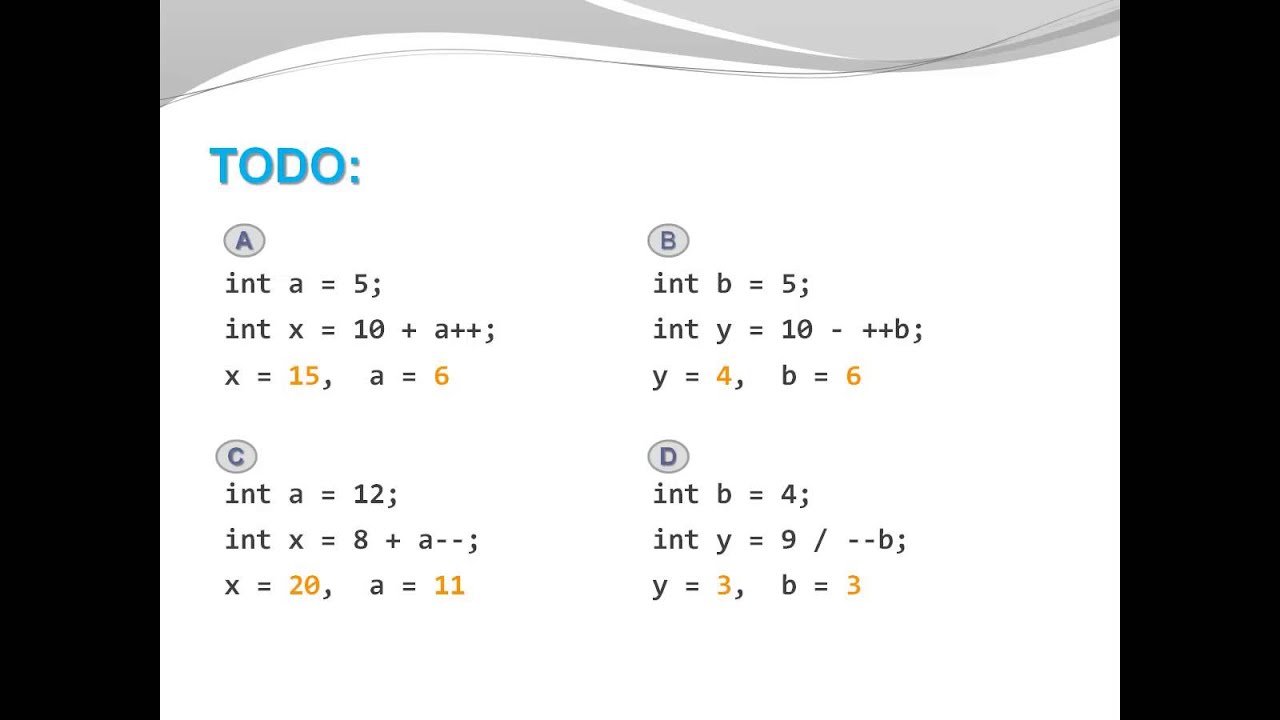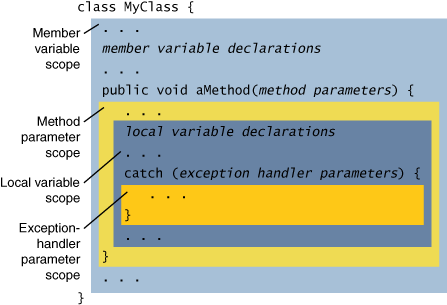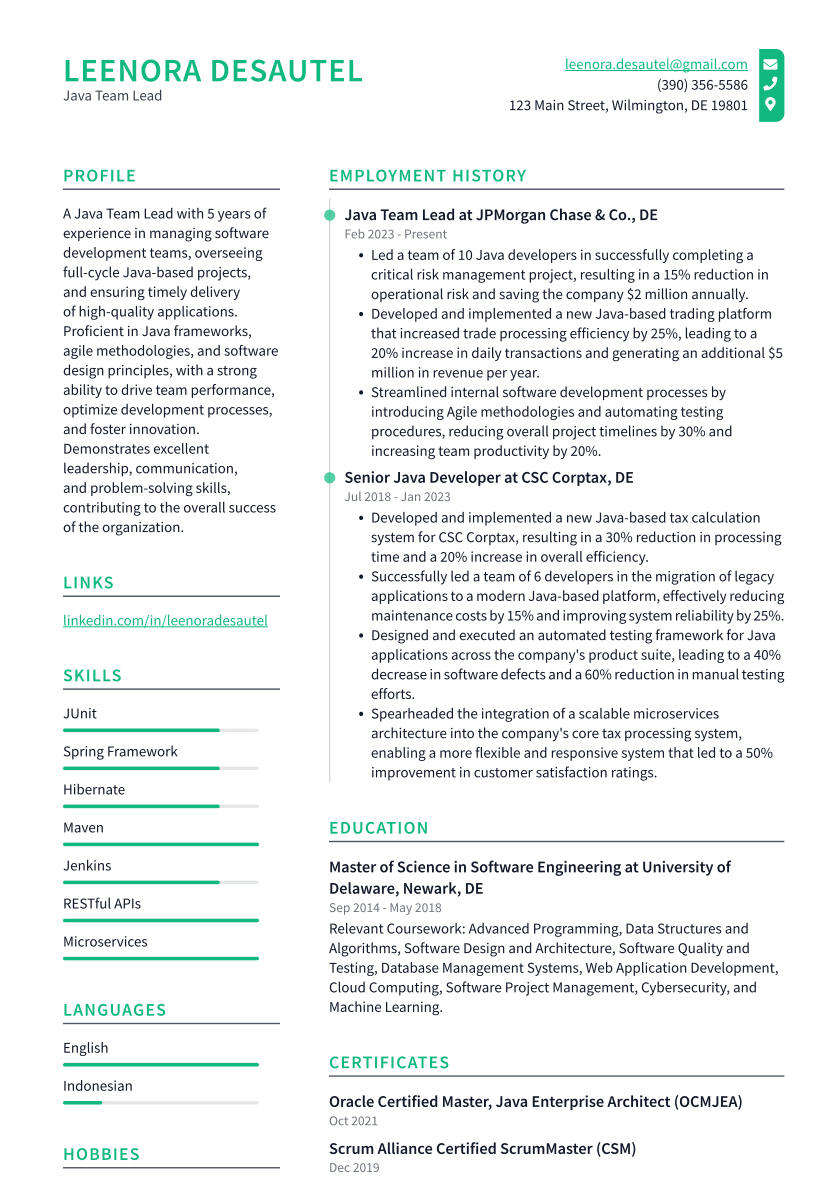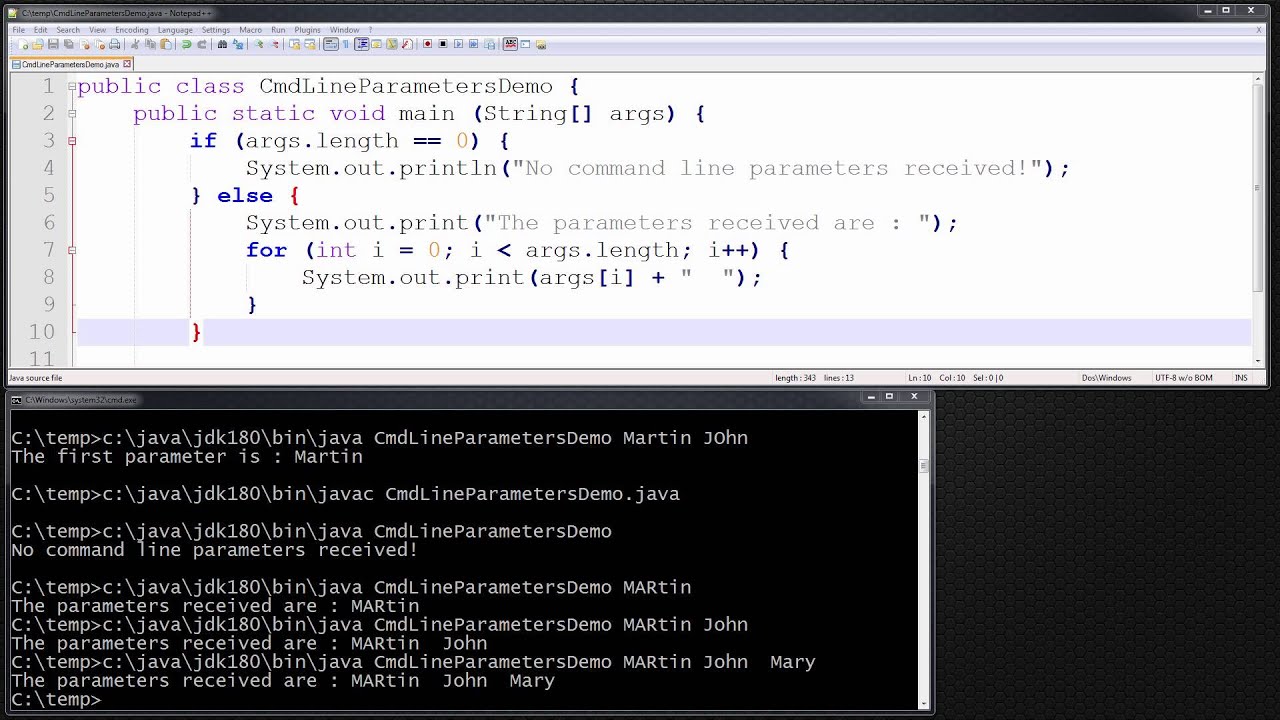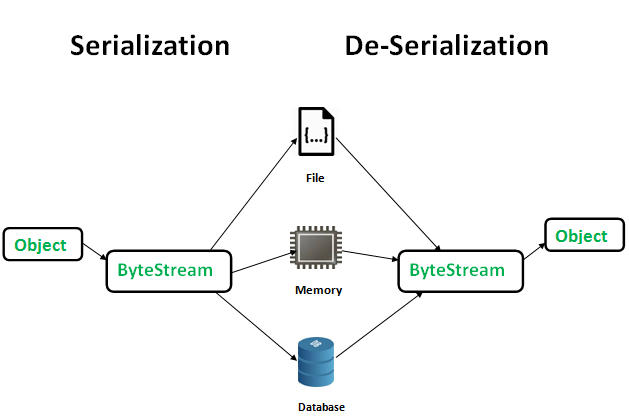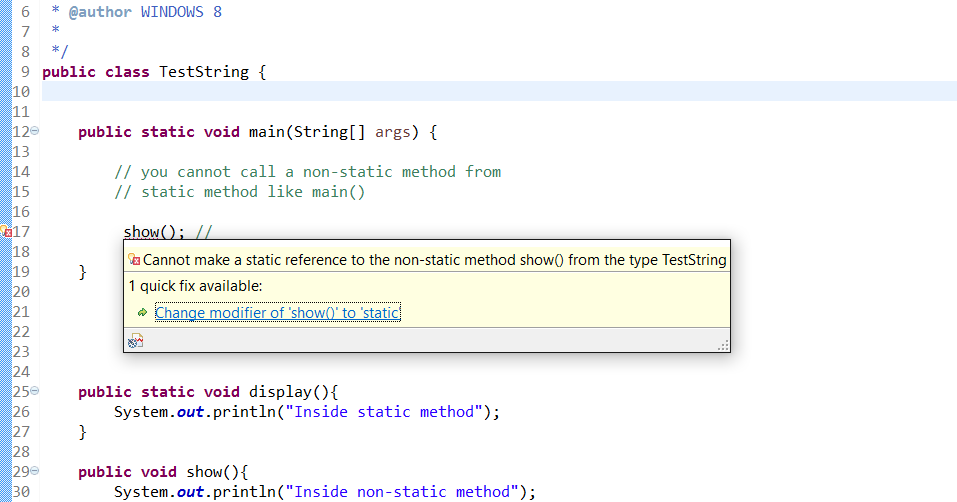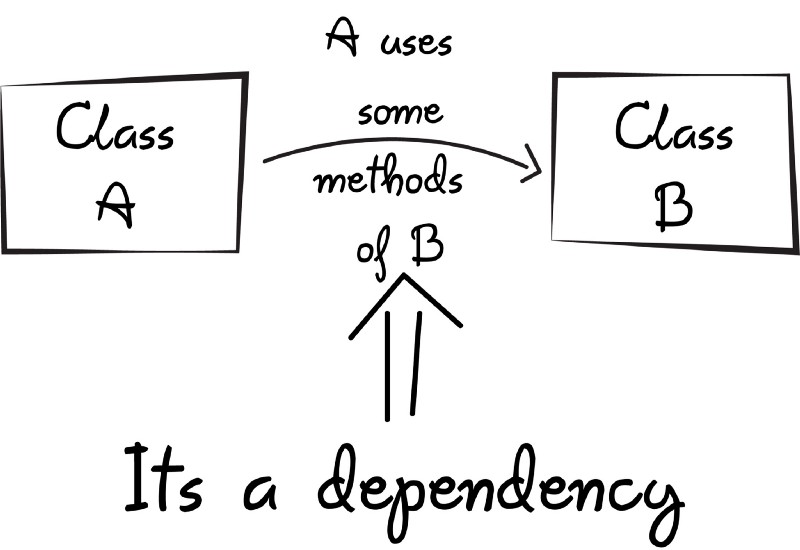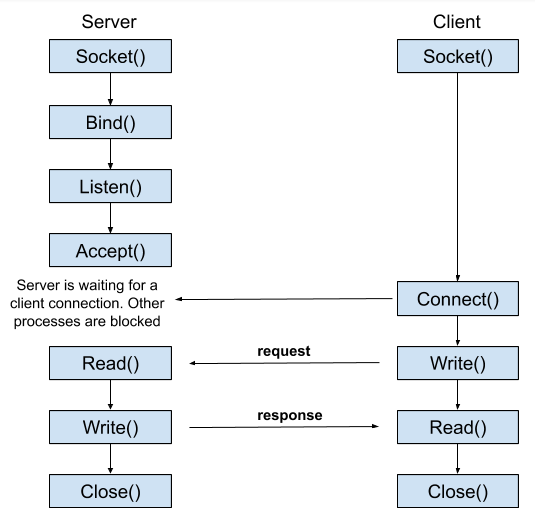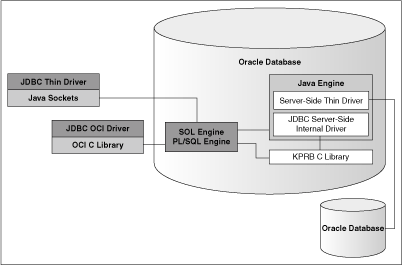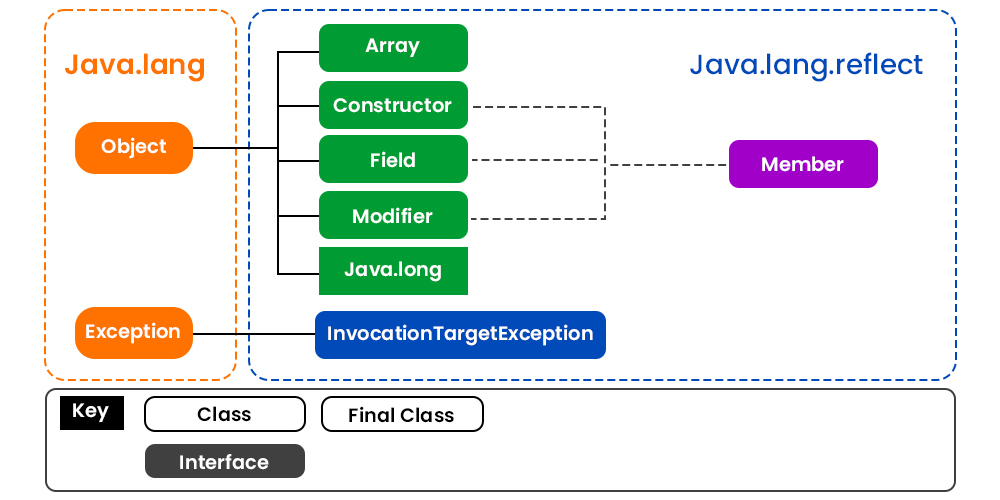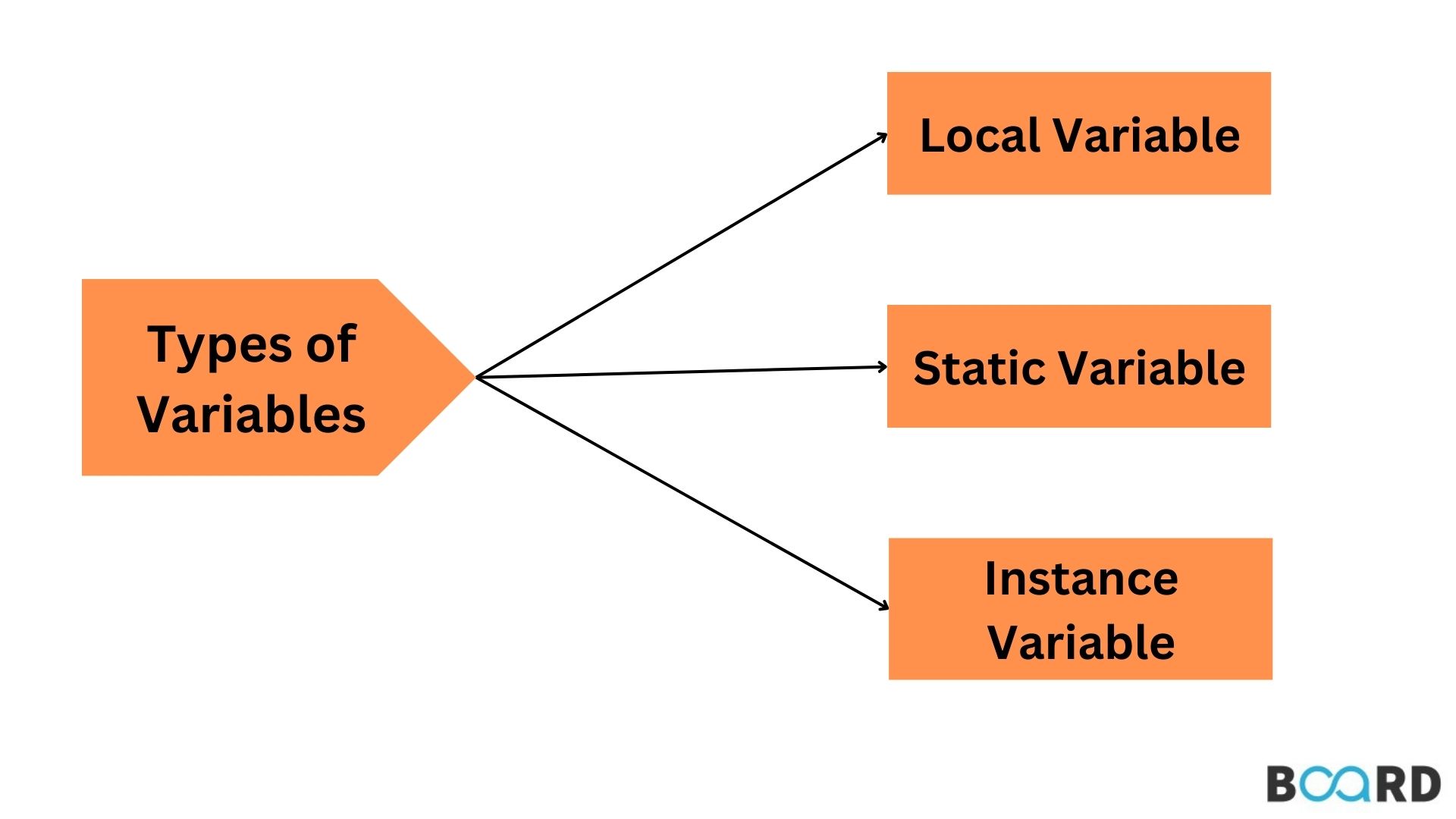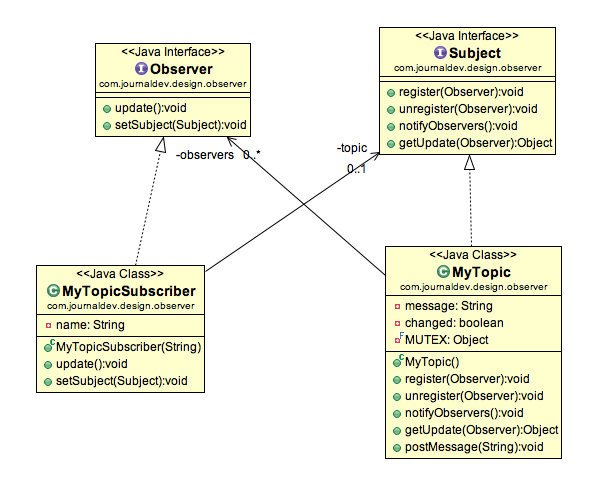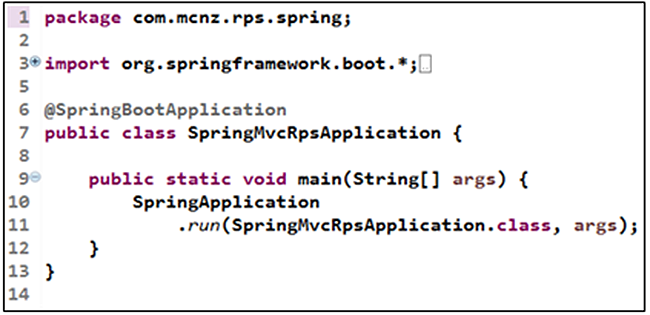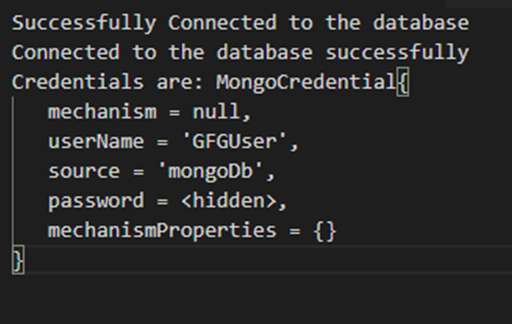What is the use case of CompletableFuture in Java?
What is the use case of CompletableFuture in Java?
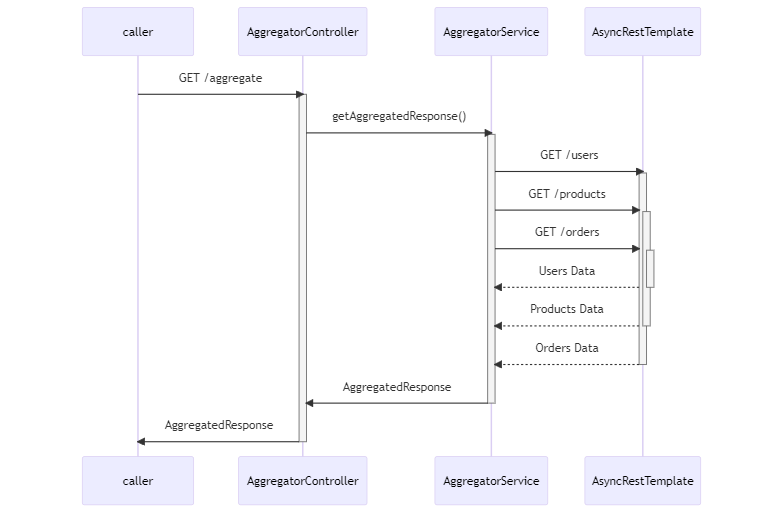
The CompletableFuture class in Java is a part of the Java 8 Concurrency API and is used to handle asynchronous computations that involve callbacks. It provides a way to write asynchronous code that is both readable and maintainable.
Here are some use cases for CompletableFuture:
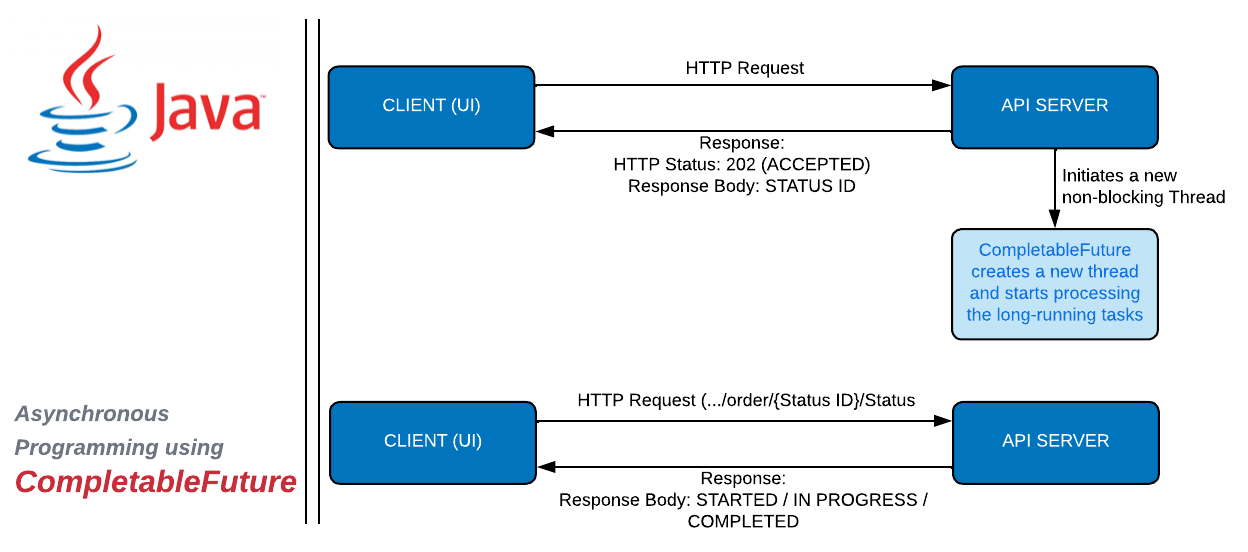
CompletableFuture allows you to handle callbacks in a more readable way by providing a series of methods (e.g., thenApply, thenAccept, etc.) that allow you to specify what should happen when the computation is complete.
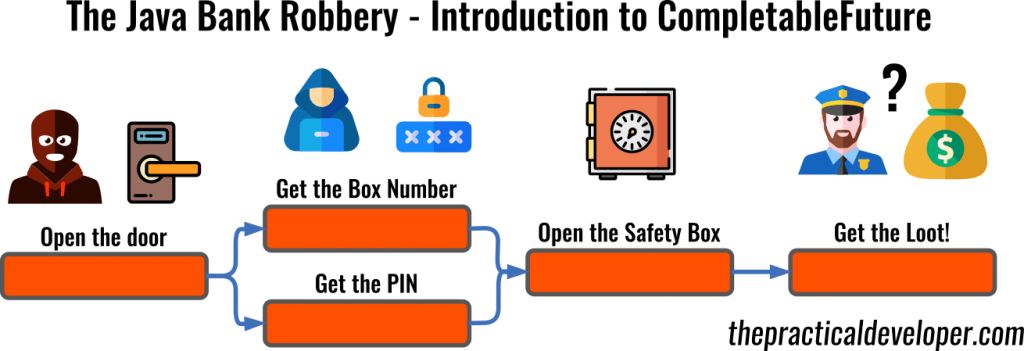
CompletableFuture provides a way to write asynchronous code using lambda expressions or method references, which makes the code more concise and easier to read. Handling Exceptions: When writing asynchronous code, it's important to handle exceptions properly. CompletableFuture provides several methods (e.g., whenComplete, handle, etc.) that allow you to specify what should happen when an exception is thrown during the computation. Composing Computations: CompletableFuture allows you to compose computations by chaining multiple thenApply or thenAccept calls together. This makes it easy to perform complex asynchronous computations in a readable way. Creating Custom Futures: You can also use CompletableFuture to create custom futures that perform specific computations or transformations on the data returned by the computation.
Here's an example of using CompletableFuture to compute the sum of two numbers asynchronously:
import java.util.concurrent.CompletableFuture;public class Main {
public static void main(String[] args) throws InterruptedException {
int num1 = 10;
int num2 = 20;
CompletableFuture future = CompletableFuture.supplyAsync(() -> {
// simulate some computation
Thread.sleep(1000);
return num1 + num2;
});
try {
int result = future.get(); // block until the computation is complete
System.out.println("Result: " + result);
} catch (Exception e) {
System.out.println("An error occurred: " + e.getMessage());
}
}
}
In this example, CompletableFuture is used to compute the sum of two numbers asynchronously. The computation is simulated by sleeping for 1 second, and the result is printed when it's available.
Overall, CompletableFuture provides a powerful way to write asynchronous code in Java that is both readable and maintainable.
Java abstract classes w3schools
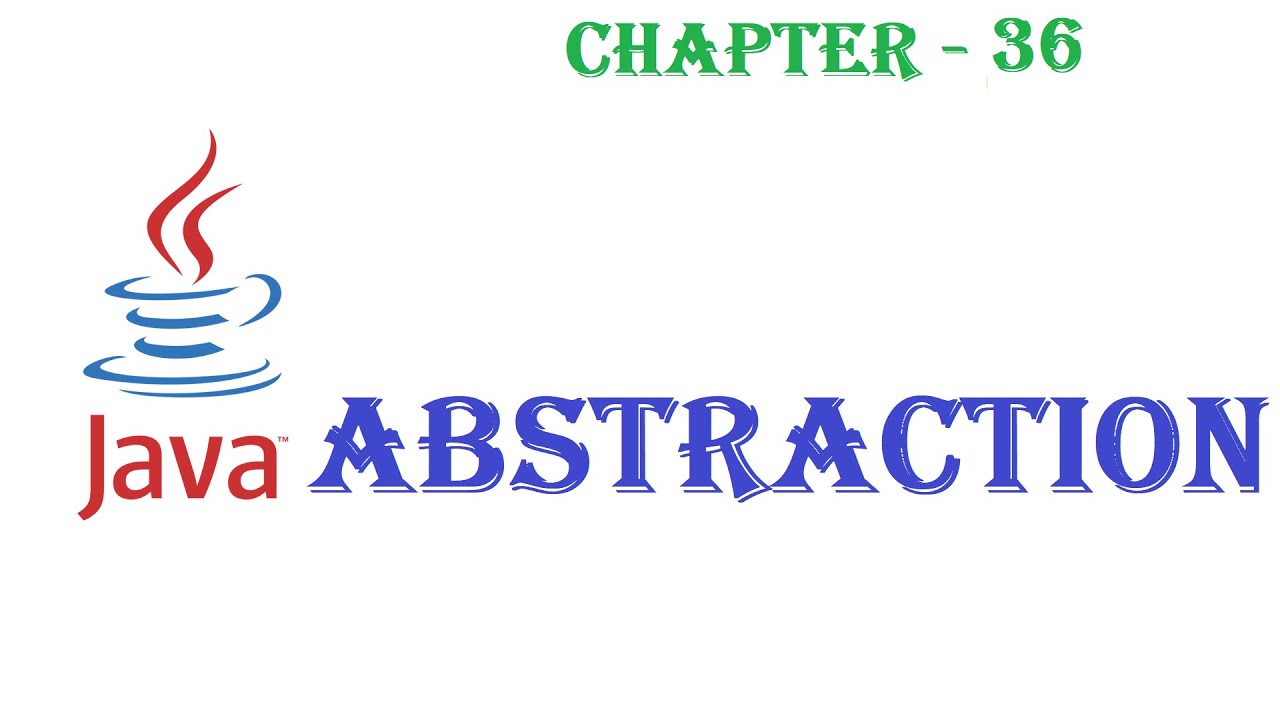
I'll respond in English as per your request.
Java Abstract Classes - W3Schools:
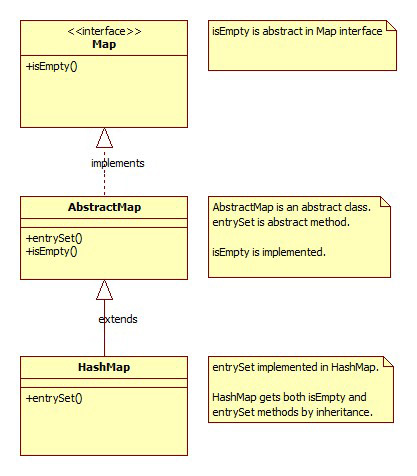
In Java, an abstract class is a class that cannot be instantiated and is used to provide a common base class for other classes. An abstract class can have both abstract methods (methods without implementation) and concrete methods (methods with implementation).
Key Features of Abstract Classes in Java:
Abstract Methods: Abstract classes can contain one or more abstract methods, which are declared but not implemented. These methods must be implemented by any non-abstract subclass. Concrete Methods: In addition to abstract methods, an abstract class can also have concrete (non-abstract) methods that provide some default implementation. No Object Instantiation: You cannot create a direct object instance of an abstract class. Extensibility: Abstract classes provide a way to implement inheritance and polymorphism in Java. They enable you to define a hierarchy of classes and objects, which can be used as base classes for more specific subclasses. Final Methods or Variables: In an abstract class, you can declare final methods or variables. This means that the method or variable cannot be overridden by a subclass.When to Use Abstract Classes:
Provide a Common Base Class: Use an abstract class when you want to provide a common base class for a group of classes that share some common attributes and methods. Define Interfaces: If you have a set of classes that all implement the same interface, consider using an abstract class as a base class instead. Encapsulate State: An abstract class can encapsulate state information that is shared by its subclasses. Implement Strategy Pattern: Abstract classes can be used to implement the strategy pattern in Java.Example of Using Abstract Classes:
Let's consider an example where we want to create an abstract class for a hierarchy of shapes (Circle, Square, Triangle). The abstract class Shape would have abstract methods for calculating area and perimeter, which would need to be implemented by any concrete subclass.
Here's an example code snippet:
public abstract class Shape {public abstract double calculateArea();
public abstract double calculatePerimeter();
// Some other common methods...
}
class Circle extends Shape {
private double radius;
public Circle(double radius) {
this.radius = radius;
}
@Override
public double calculateArea() {
return Math.PI * radius * radius;
}
@Override
public double calculatePerimeter() {
return 2 * Math.PI * radius;
}
}
In this example, the Shape abstract class provides a common base for shapes that can be used as subclasses. The Circle class implements the calculateArea() and calculatePerimeter() methods to provide specific implementations for circles.
In conclusion, Java abstract classes are a powerful feature that enables you to create hierarchies of classes with shared attributes and methods. They help implement polymorphism, encapsulation, and extensibility in your Java programs.
